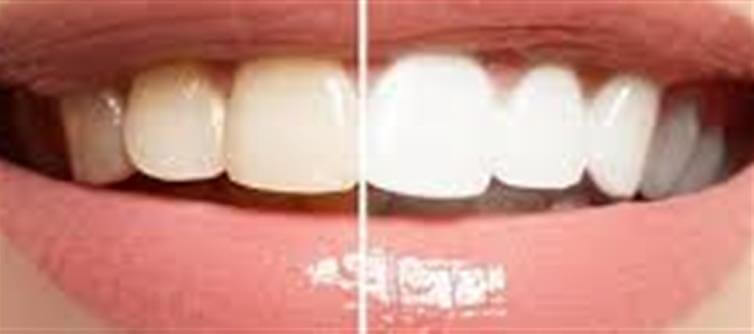
Yellow teeth, plaque, and cavities can affect your confidence and oral health. While regular brushing is essential, sometimes it’s not enough to remove stubborn stains, tartar, and plaque. The good news: a simple kitchen ingredient—baking soda—can be your natural shield for a healthier, brighter smile.
1. What Is Plaque and Why Is It Dangerous?
Plaque is a sticky film of bacteria that forms on your teeth when you eat sugary or starchy foods. These bacteria produce acids that gradually damage your enamel, leading to cavities and tooth decay.
If left untreated, plaque hardens into tartar, which is much harder to remove with regular brushing. Tartar not only yellows your teeth but also causes gum inflammation, swelling, infections, and other oral health issues.
Understanding plaque and tartar is the first step to preventing long-term dental problems.
2. Why Baking Soda Works Wonders
Baking soda has multiple properties that make it an effective home remedy for dental health:
Alkaline Nature: Neutralizes acids produced by bacteria, preventing enamel erosion.
Mild Abrasive: Gently scrubs away plaque and tartar without damaging enamel.
Antibacterial Properties: Fights harmful bacteria that cause cavities and bad breath.
By addressing the root causes of tooth decay, baking soda not only brightens teeth but also enhances overall oral hygiene.
3. Three Key Benefits of Baking Soda
Reduces Plaque: The mild abrasiveness and alkaline nature help remove plaque, which is the primary cause of cavities.
Prevents Tooth Decay: Neutralizing acids helps protect enamel and reduces the risk of cavities.
Boosts Oral Hygiene: Regular use can help keep bacteria in check, preventing gum disease and maintaining fresh breath.
These combined benefits make baking soda a simple yet powerful addition to your dental care routine.
4. How to Use Baking Soda Correctly
To get the best results and avoid damage, follow these steps:
Prepare the Paste: Take a small teaspoon of baking soda and add a few drops of water to form a thick paste.
Apply and Brush: Put the paste on your toothbrush and brush gently. Focus on the gum line (where teeth and gums meet) and the back of your teeth.
Brushing Technique: Brush from gums towards teeth—top to bottom on upper teeth, bottom to top on lower teeth.
Duration: Brush for two minutes, then rinse thoroughly with water.
Important: Use baking soda only once or twice a week, not daily. Continue your regular toothpaste routine for daily oral care.
5. Tips for Maximizing Baking Soda Benefits
Combine with Good Habits: Drink plenty of water, avoid excessive sugary foods, and floss daily.
Monitor Sensitivity: If your teeth feel sensitive, reduce frequency or consult your dentist.
Consistency Over Intensity: Regular gentle use is more effective than frequent aggressive scrubbing.
With proper use, baking soda can be a safe, inexpensive, and effective way to maintain healthy teeth and a dazzling smile.
6. Final Takeaway
Baking soda is not a magic fix but a powerful home remedy for reducing plaque, tartar, and yellowness. By using it correctly and in moderation, you can protect your teeth, prevent cavities, and achieve a brighter, healthier smile—all without expensive treatments or harsh chemicals..jpg)




 click and follow Indiaherald WhatsApp channel
click and follow Indiaherald WhatsApp channel